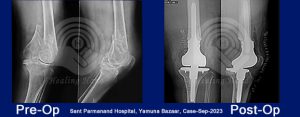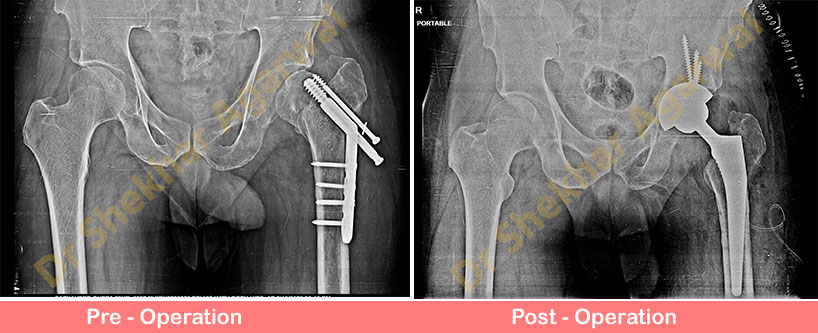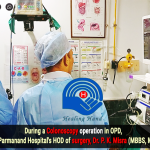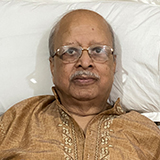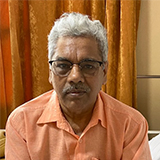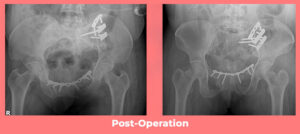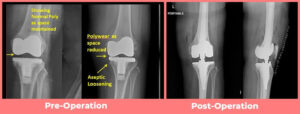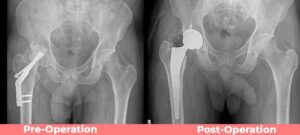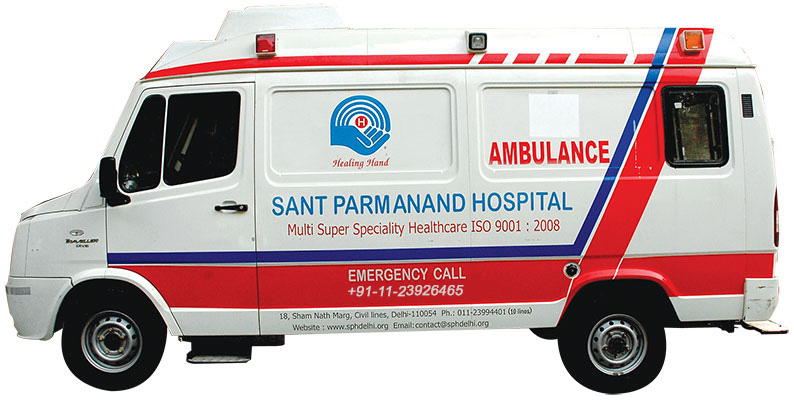TMS (Transcranial Magnetic Stimulation) is a non-invasive procedure used in neurology and psychiatry to stimulate specific areas of the brain. Here’s an overview of the TMS process:
- Preparation: The patient is seated comfortably and given ear protection (due to the clicking sound during the procedure).
- Coil Placement: A magnetic coil is placed on the scalp, typically over the area of interest (e.g., motor cortex, prefrontal cortex).
- Stimulation: A brief, high-intensity magnetic pulse is generated, creating an electric current in the brain.
- Pulse Frequency: The frequency of pulses varies depending on the specific application (e.g., single pulses for diagnostic purposes, repetitive pulses for therapeutic effects).
- Stimulation Duration: The procedure typically lasts 10-40 minutes, depending on the specific protocol.
TMS is used in various neurological and Psychiatric applications, including:
– Diagnostic testing (e.g., motor mapping , Central motor conduction time)
– Therapeutic treatments (e.g., depression, anxiety, chronic pain, OCD, Stroke ,Parkinson’s disease, Paralysis , Tinnitus , Fibromyalgia , Dementia etc. )
– Research studies
Please note that TMS should only be performed by a trained professional in a clinical setting.






